Campervan Trip in Iceland: The Ultimate Guide for First-Time Travellers
If you’re planning a campervan trip in Iceland, you’re about to experience one of the most rewarding ways to travel the country. There is nothing quite like waking up to waterfalls, parking next to black sand beaches, soaking in hot springs after a long drive, or watching the northern lights from your own cosy camper bed. Travelling by camper gives you the freedom to explore at your own pace, stay close to nature, and choose your next stop whenever the mood hits.
We’ve helped thousands of happy campers experience Iceland this way, and in this guide we’ll walk you through everything you need to know before setting off, from choosing a camper van and planning a route, to campsite life, budgeting, and a detailed itinerary that covers the ring road, the south coast, and the Snæfellsnes Peninsula.
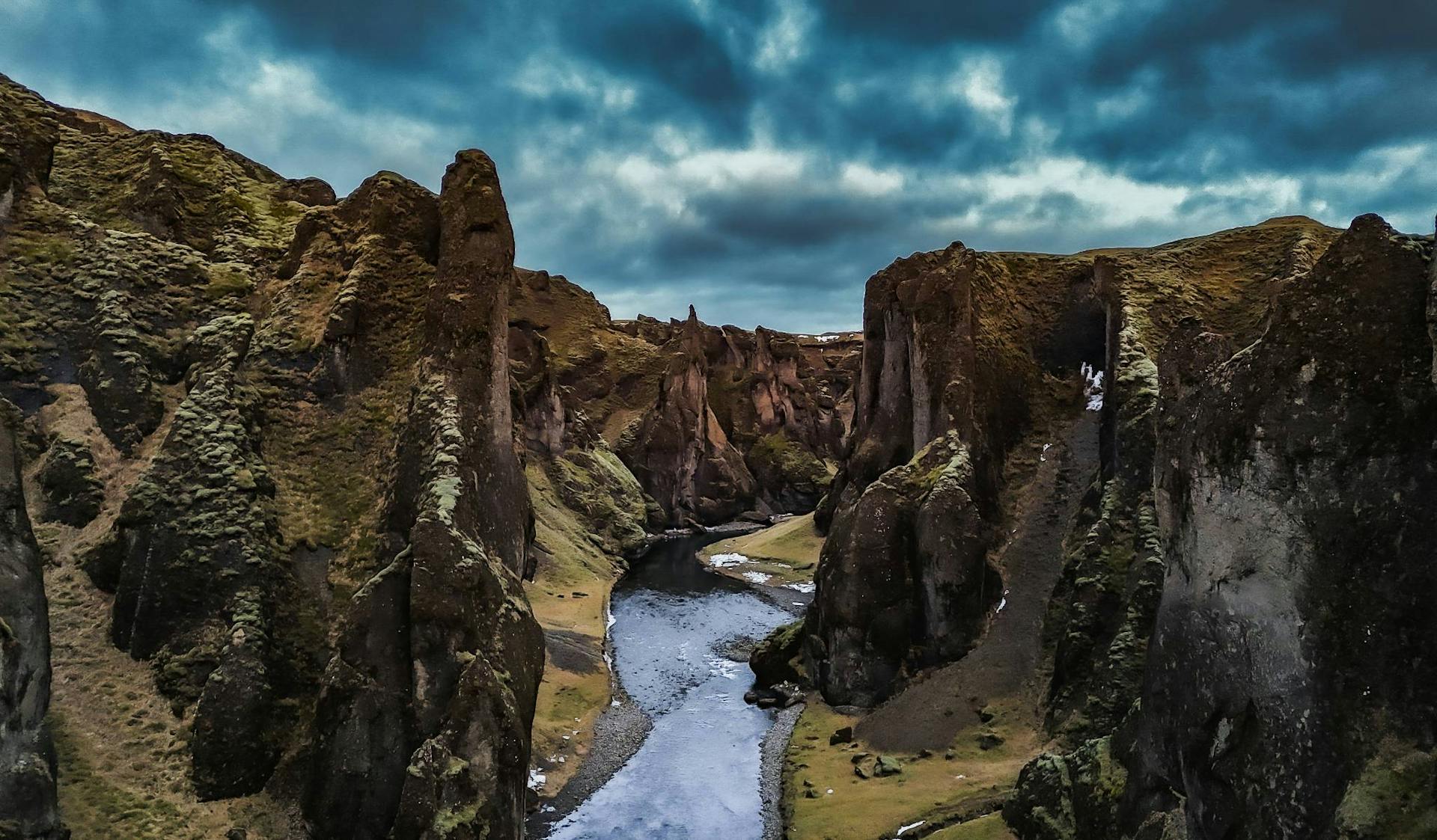
Why Take a Campervan Instead of a Hotel?
Travelling Iceland by camper isn’t just about transport, it’s about the lifestyle that comes with it. Instead of checking in and out of hotels, packing and unpacking, or sticking to fixed schedules, a camper lets you design each day exactly how you want it.
With a camper you can:
- Stay closer to nature and enjoy quiet mornings before coaches arrive
- Avoid strict hotel schedules and crowds in peak season
- Stop whenever you see something beautiful (which will be often)
- Cook your own meals instead of relying on restaurants every night
- Save money by combining rental car + accommodation into one
For many travellers, the biggest benefit is flexibility. Iceland is a place where weather changes quickly, and plans often shift. Having a camper van means you can simply drive in the direction with clear skies, or stay longer at a viewpoint that becomes your new favourite stop.

When Is the Best Time to Go?
The best time for a camper trip depends on what you want from your adventure. Iceland feels like a different country in each season.
Season
What It’s Like
Pros
Things to Keep in Mind
June–August
Long daylight hours, mild temperatures
Perfect for long days and hiking
Campsites busier, higher prices
September–October
Great balance of daylight and aurora
Fewer people, autumn colours
Weather more mixed
November–March
Winter landscapes and northern lights
Less crowded, cosy campsite life
Shorter days, colder nights
April–May
Snow still on mountains but improving roads
Good value before summer
Some mountain roads still closed
If you want summer freedom with long driving days, June and July are ideal. If you prefer avoiding crowds and are excited about aurora hunting, early autumn is fantastic. If you’re thinking of a winter van trip, it’s possible with the right gear and planning, just expect a cold night or two.
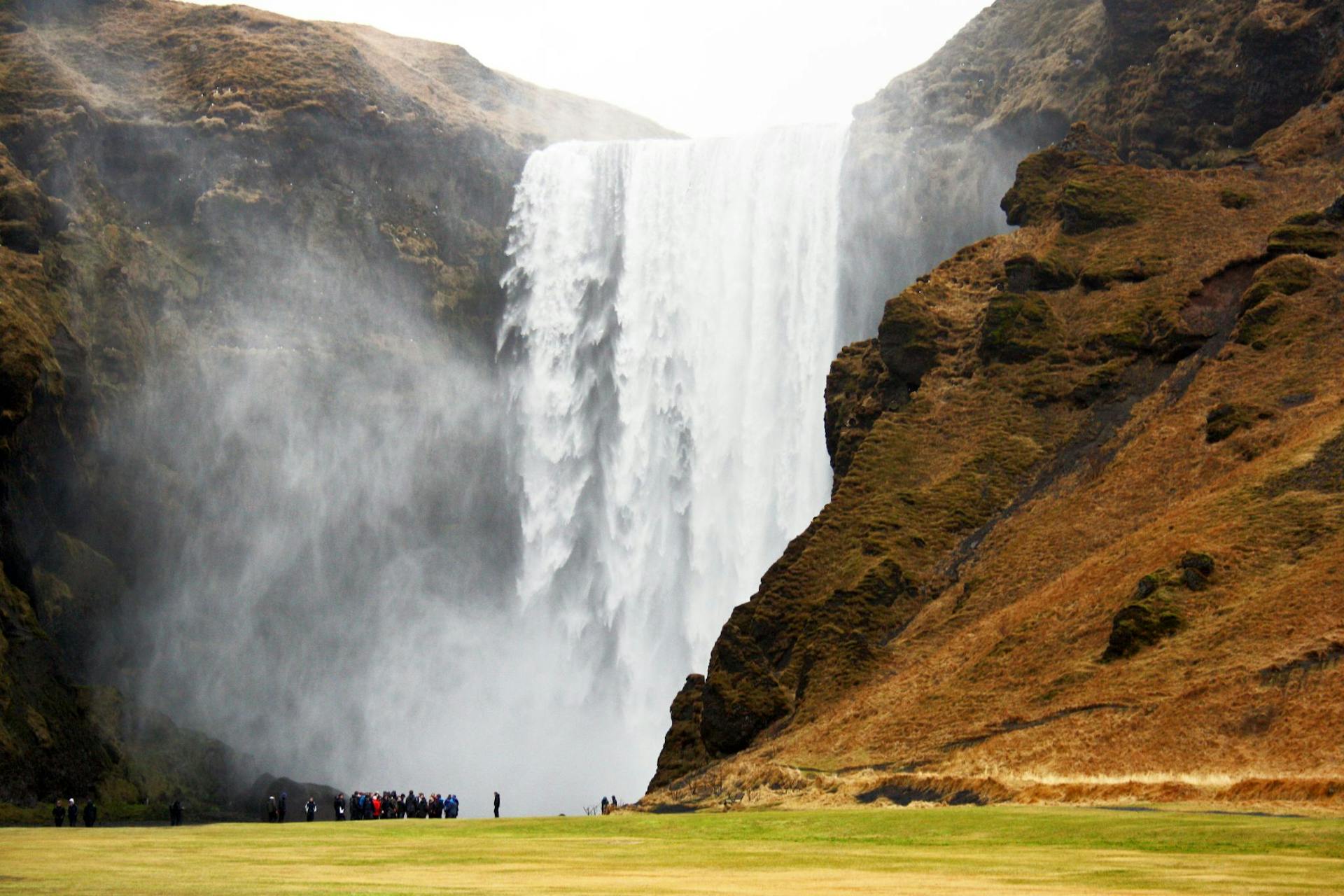
Choosing the Right Camper Van
Most of our vans are Automatic, simple to drive, and built for Iceland’s conditions. You do not need a high clearance vehicle or four wheel drive to enjoy most of the country, including the ring road and the entire south coast. The main requirement is comfort, warmth, and enough storage space for your bags and food.
When choosing your camper, think about:
- How many people will be sleeping inside
- Whether you plan to cook often or eat out
- How much room you want for gear, clothes, and extra layers
- How confident you feel driving a van instead of a rental car
If this is your first time, don’t worry, most first-time visitors find a camper easier than expected because Iceland’s roads are calm once you leave Reykjavik.
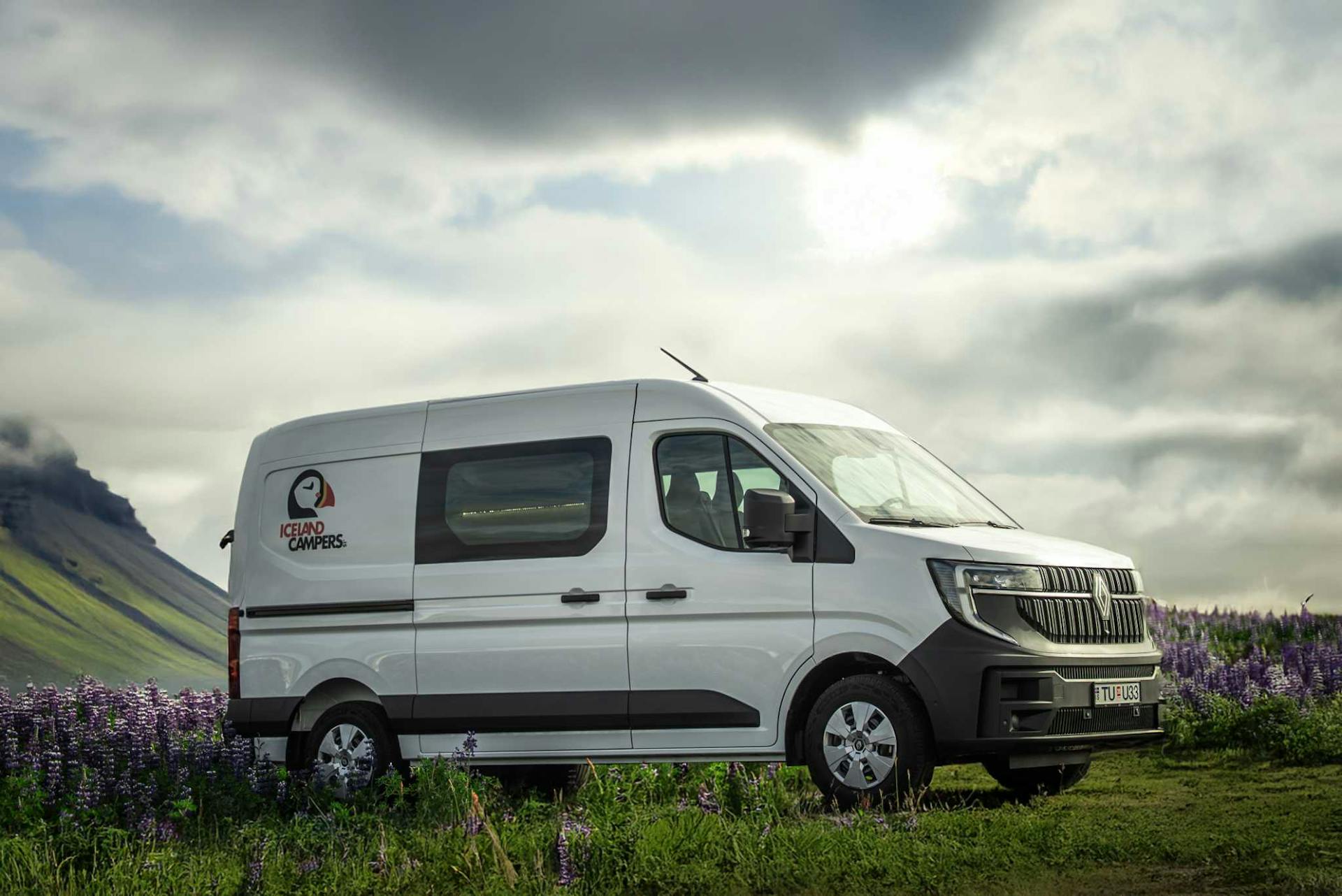
What Comes Included with the Camper
When you book with us, you get everything you need to start your road trip straight away. Our campers include:
- Manual or Automatic transmission
- Unlimited mileage so you can travel as far as you like without extra cost
- Sleeping space with a fitted mattress
- Cooking equipment (optional upgrade available depending on camper)
- Interior lighting
- Heating system for chilly nights
- USB and USB-C charging for phones and small devices
- Space to store groceries, bags, and boots
Unlimited mileage is a big advantage for those planning to explore beyond the usual stops. You’re free to loop the ring road, detour to the Snæfellsnes Peninsula, and take spontaneous side trips whenever something catches your eye.
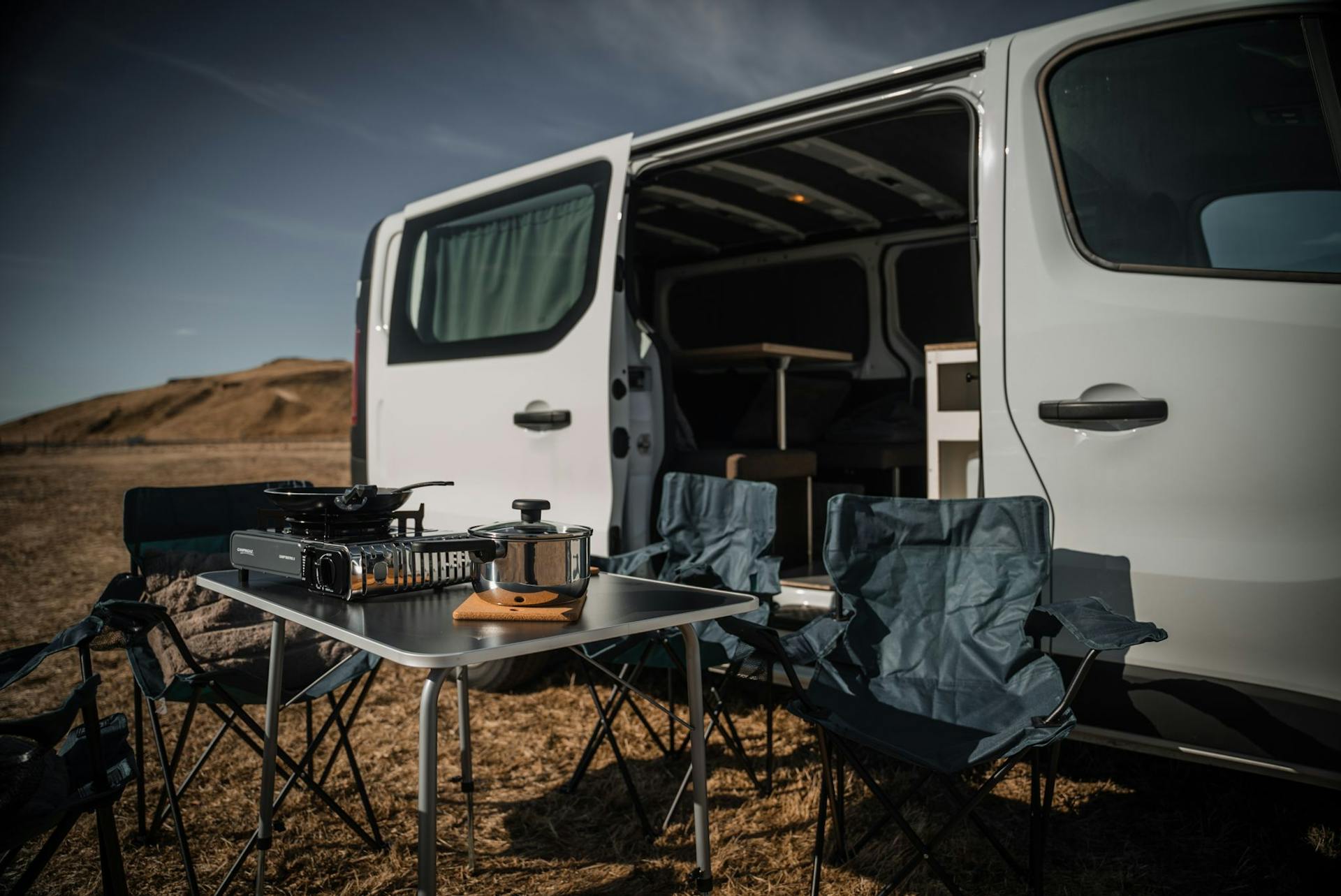
Optional Extras You Can Add
For extra comfort, we offer useful add-ons so you arrive fully prepared. These are especially helpful if you don’t want to buy gear just for the trip.
Common extras include:
- Sleeping bags for extra warmth on a cold night
- Pillows and bedding
- Portable Wi Fi for easier navigation and weather checks
- Gas canisters for cooking
- Camping chairs and a small table
- A cooler box for food storage
These are available during booking and can be added to your reservation right before pick-up. Every add-on helps create a smoother, more comfortable experience while exploring Iceland.
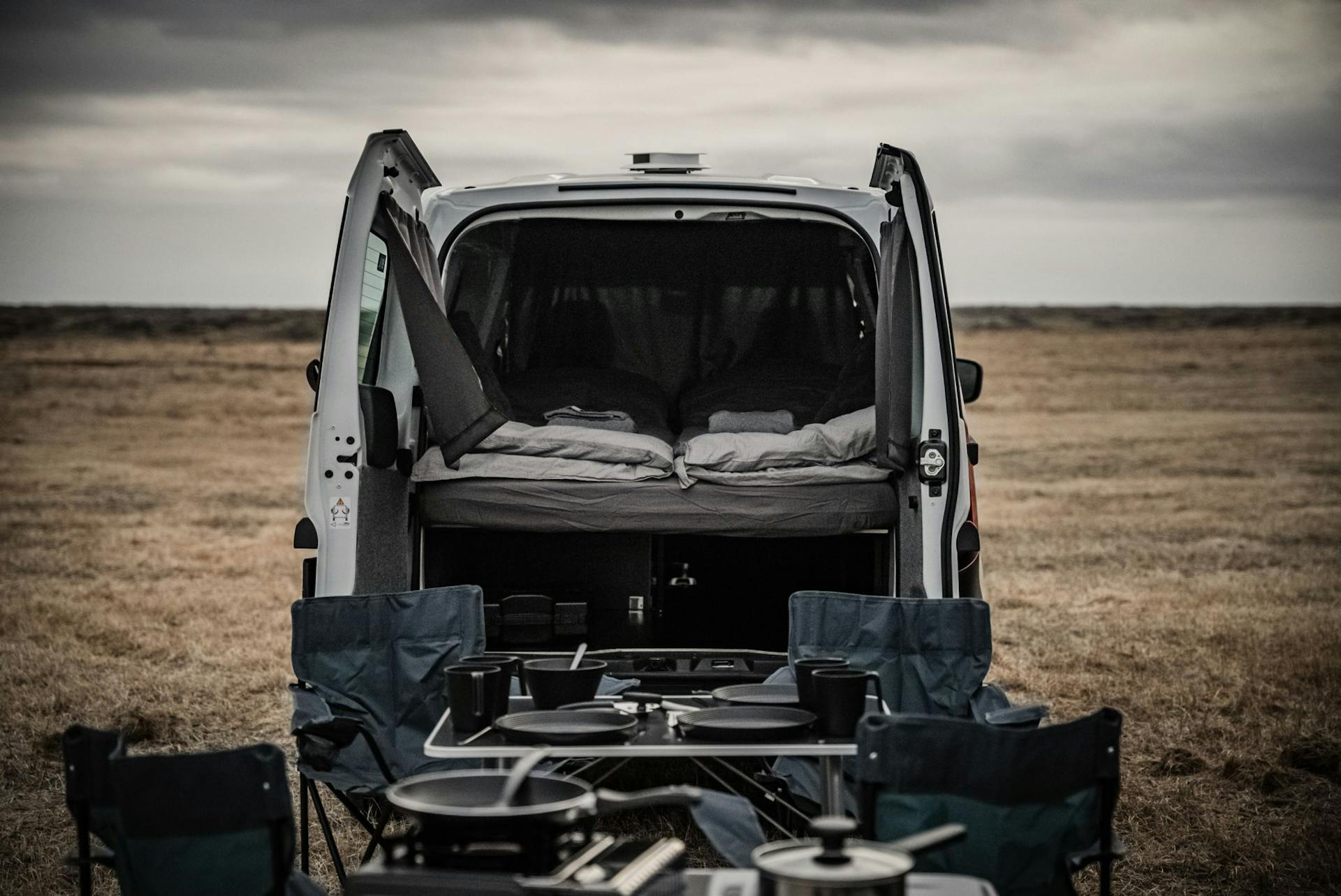
Where Do You Sleep in a Camper?
You cannot simply park anywhere and spend the night. Wild camping is restricted in Iceland to protect nature, so you must stay overnight at official campsites. The good news is there are many campsites along the most popular routes, especially in south Iceland and near national parks.
Campsites vary in how developed they are. Some offer indoor kitchens, hot showers, and lounge areas. Others are simple grass fields with a bathroom block. Either way, you’ll be surrounded by scenery that no hotel can match.
Before summer or high traffic weekends, it is smart to book campsites in advance to avoid disappointment, especially near the Golden Circle or Glacier Lagoon area.

How Warm Is It at Night?
Even in summer, temperatures drop in the evening. Iceland’s weather can surprise people, especially if they are used to South America or mainland Europe. A cold night in Iceland is still comfortable inside a heated camper, especially with proper sleeping bags. The heater makes a big difference after a long day outdoors or if you get caught in wet clothes after heavy rain.
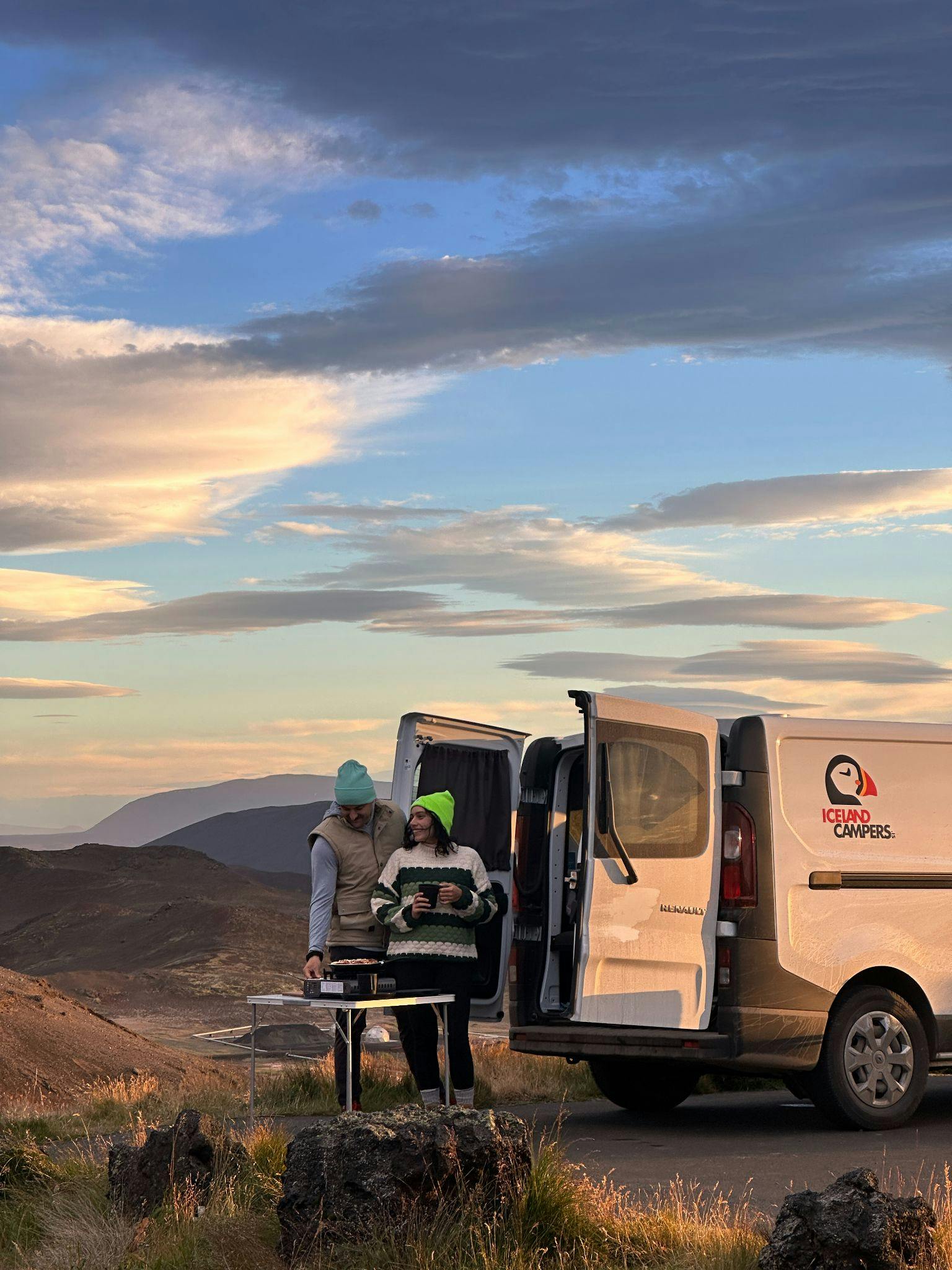
Campsite Facilities and Everyday Life on the Road
Campsites in Iceland are far from roughing it. They’re designed for travellers and happy campers who want both comfort and nature. Whether you’re parked beside a glacier or on the south coast, you’ll find that most campsites offer more than just a patch of grass.
Typical facilities include:
- Bathrooms with running water
- Hot showers (sometimes with a small extra cost)
- Indoor kitchens or covered cooking shelters
- Laundry areas in larger sites
- Electricity for charging devices
- Lounge areas or small cafés in the bigger sites
Some national park campsites are basic, while others in south Iceland or near the Golden Circle feel almost like small holiday parks. The further you go from busy areas, the more peaceful and remote the experience becomes.
Most travellers stay at a different site each night, which keeps the journey fresh and spontaneous. If you find a spot you love, it’s perfectly fine to stay an extra night or two, that’s part of the freedom of campervan life.
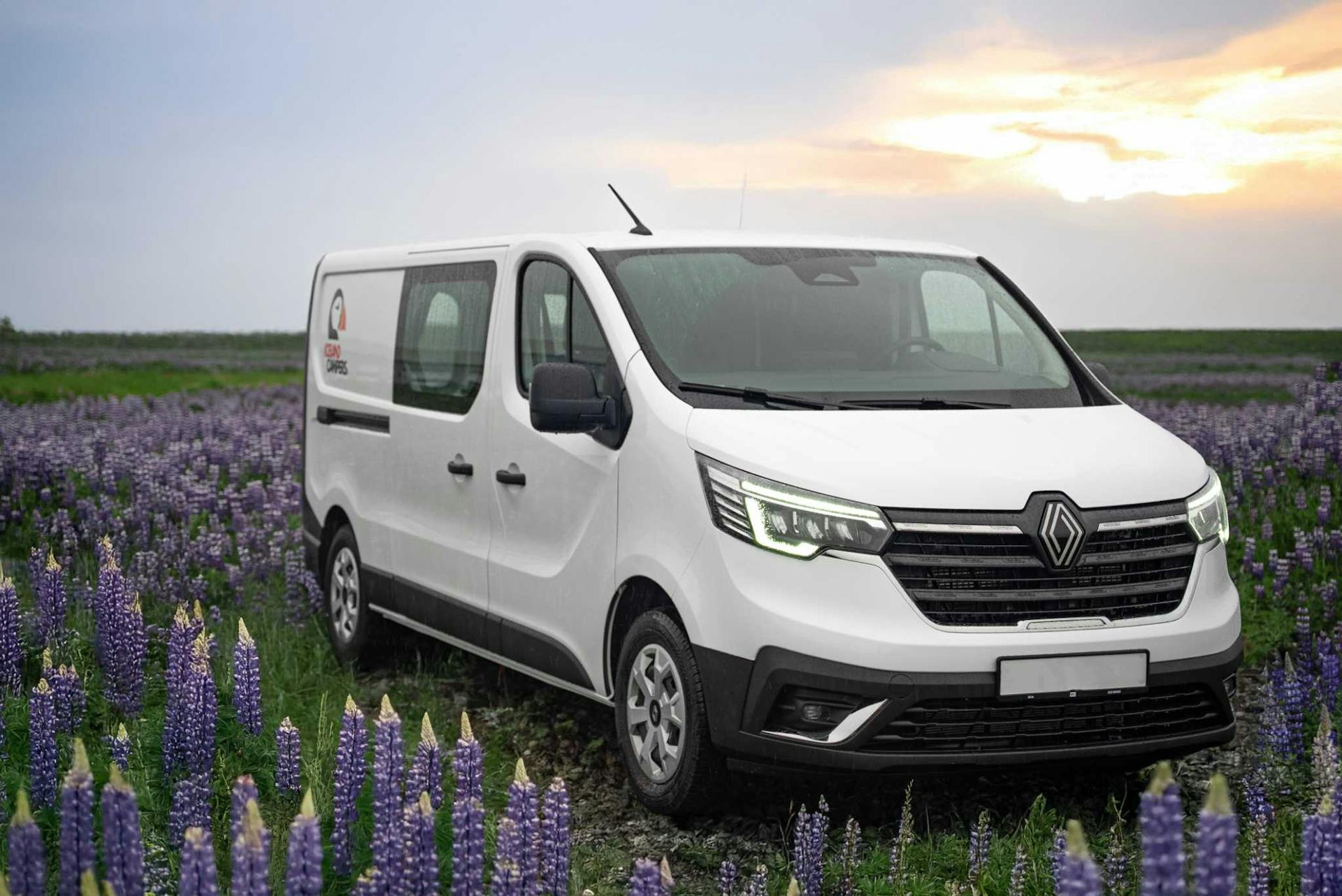
Cooking, Eating, and Daily Routine
Cooking becomes part of the fun when you’re living the campervan life. Every camper is equipped with a basic kitchen setup, and you can add extras like a camping table, gas stove, and utensils to make mealtimes easier.
Here’s what a typical day might look like:
- Morning: Wake up to fresh air, make breakfast, and enjoy coffee by your van.
- Daytime: Drive along the ring road, stopping for hikes, waterfalls, or short walks to viewpoints.
- Evening: Park at a campsite, cook dinner, and relax with other campers.
- Night: Watch for the northern lights, which often appear on clear evenings outside the city.
It’s a simple rhythm that becomes deeply satisfying, travelling, cooking, sleeping, and exploring at your own pace.
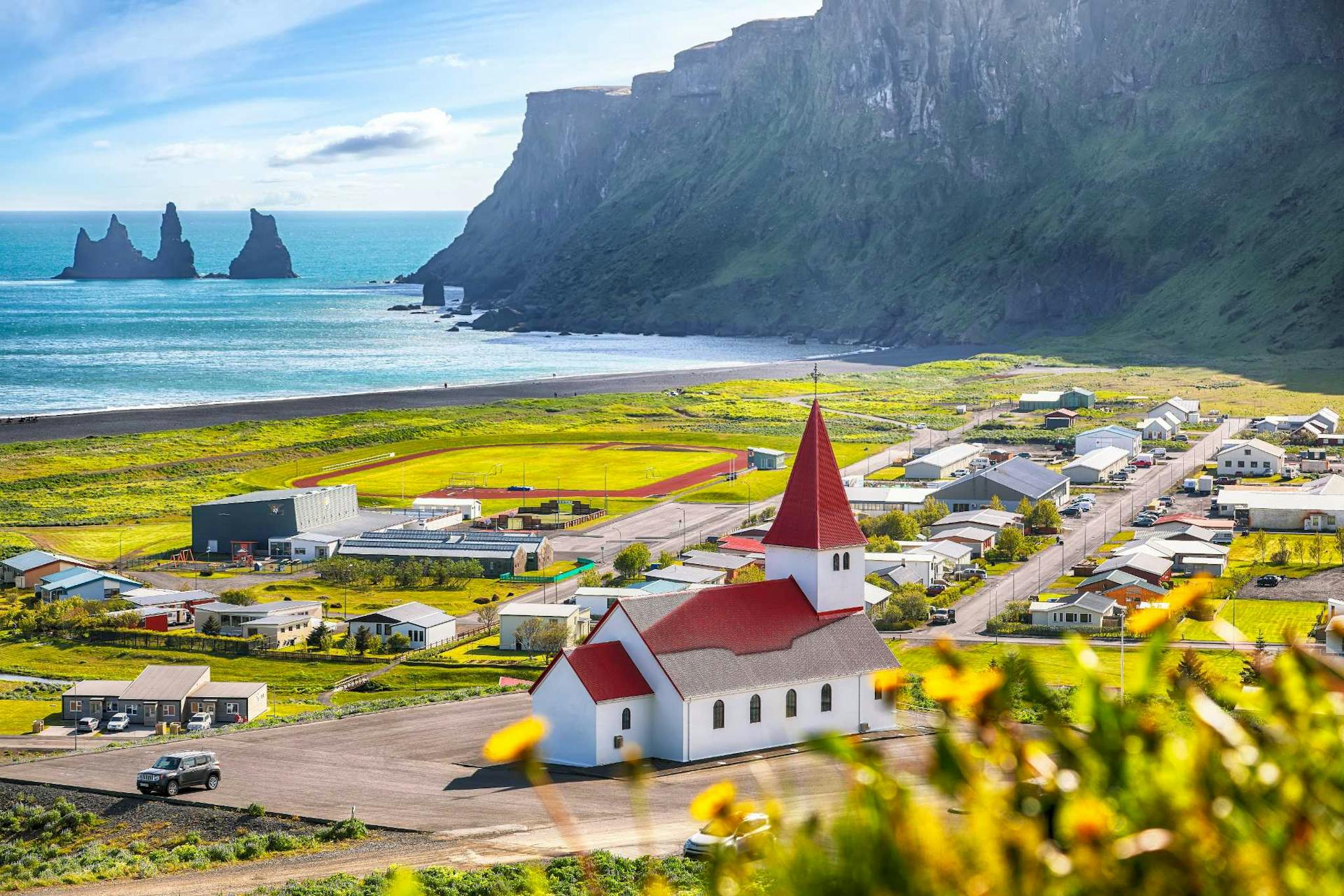
Driving Tips and Road Conditions
Driving in Iceland is straightforward, but there are a few things to know before setting off. The roads are generally in good condition, but you’ll still encounter gravel roads, changing weather, and mountain roads that require caution.
Important notes for driving:
- The speed limit on paved roads is usually 90 km/h and 80 km/h on gravel roads.
- Always keep headlights on, even during the day.
- Watch for speed cameras, they’re common on the ring road and near towns.
- Avoid F roads (highland routes). They’re closed most of the year and require 4x4 vehicles, which our campers are not designed for.
- Take extra care when parking or opening doors in high winds.
We recommend using your van’s heating system to warm up the interior before bed, especially after a cold night or a long drive in the rain.
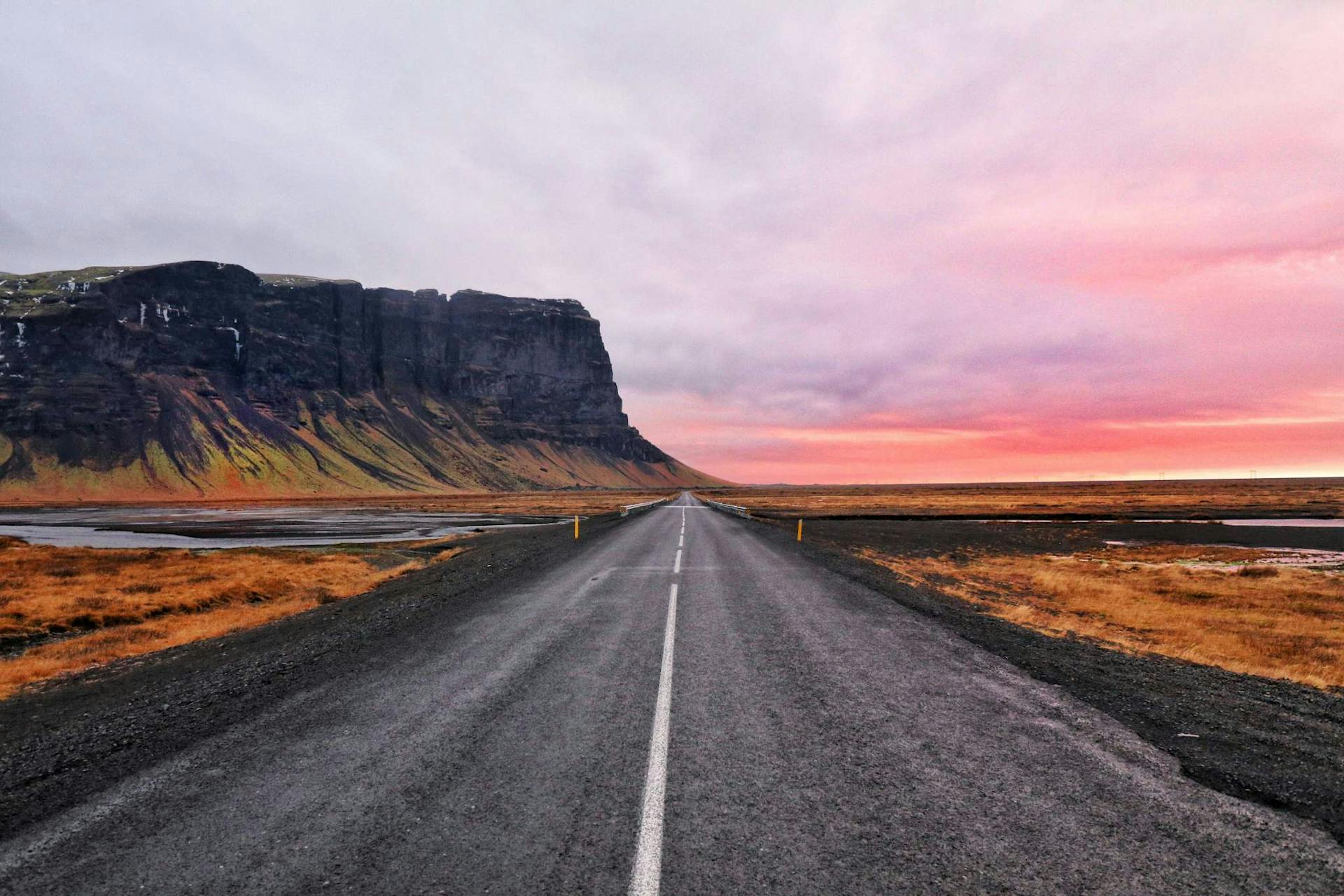
Parking and Staying Overnight
You can’t wild camp anywhere you like, but finding places to stay overnight is never a problem. You’ll find hundreds of official campsites around the country, and there’s usually one within an hour’s drive of wherever you are.
When stopping to explore, always park in designated car parks or parking lots, especially near waterfalls and national parks. Many of these areas have easy access to toilets and picnic tables for short breaks.
Remember to check signs before parking overnight, some natural attractions don’t allow sleeping on-site.
Safety and Weather Awareness
The weather in Iceland can change quickly, even within an hour. That’s part of the adventure, but it also means being prepared.
Safety essentials:
- Keep an eye on the daily weather forecast before you drive.
- Strong winds are common, hold the doors firmly when getting in or out.
- Stay updated on road closures through the Icelandic road authority website.
- Avoid driving late into the night long periods of darkness during winter months.
- Bring waterproof gear to handle wet clothes after hiking or rain.
If conditions ever seem unsafe, don’t risk it. Pull over at a campsite, wait it out, and enjoy the extra downtime.
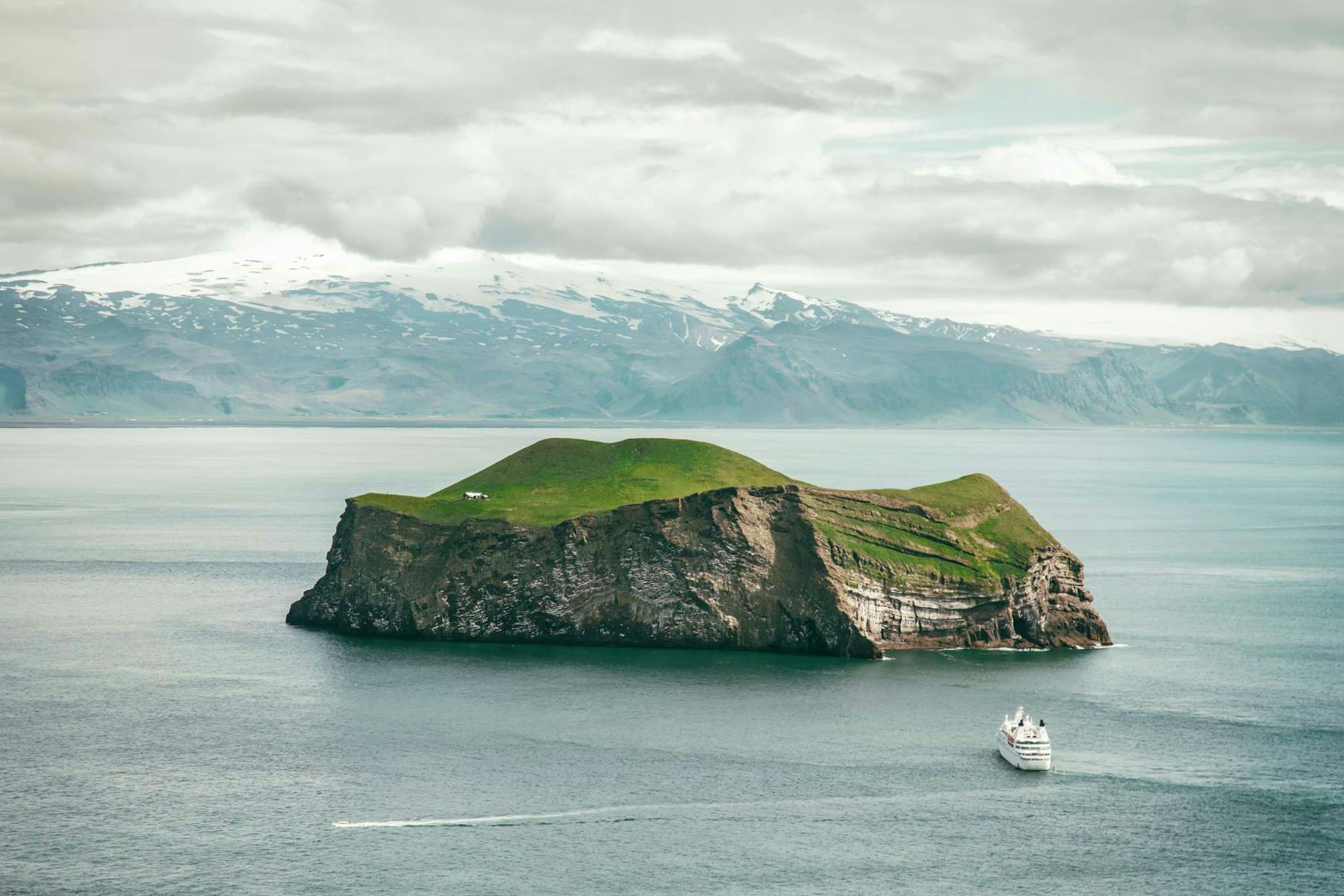
The Best Routes for Your Campervan Trip
One of the biggest advantages of travelling by camper is that every day can take you somewhere new. Whether you follow the full ring road or focus on a shorter section, there’s always a scenic drive waiting for you around the next corner. Below are the most popular areas for first-time visitors.
The Golden Circle
The Golden Circle is the easiest starter route, perfect for your first full day after leaving Keflavík Airport. It includes some of the most iconic sights in Iceland and is ideal if you only have a short amount of time or want to ease into van life before covering longer distances.
Highlights include:
- Þingvellir National Park, a UNESCO site with dramatic geology and crystal-clear springs
- The active Geysir geothermal area
- Gullfoss Falls, one of Iceland’s most powerful waterfalls
The driving distances are small, which means more time to enjoy hot springs, scenic viewpoints, and a relaxed evening at a nearby campsite.
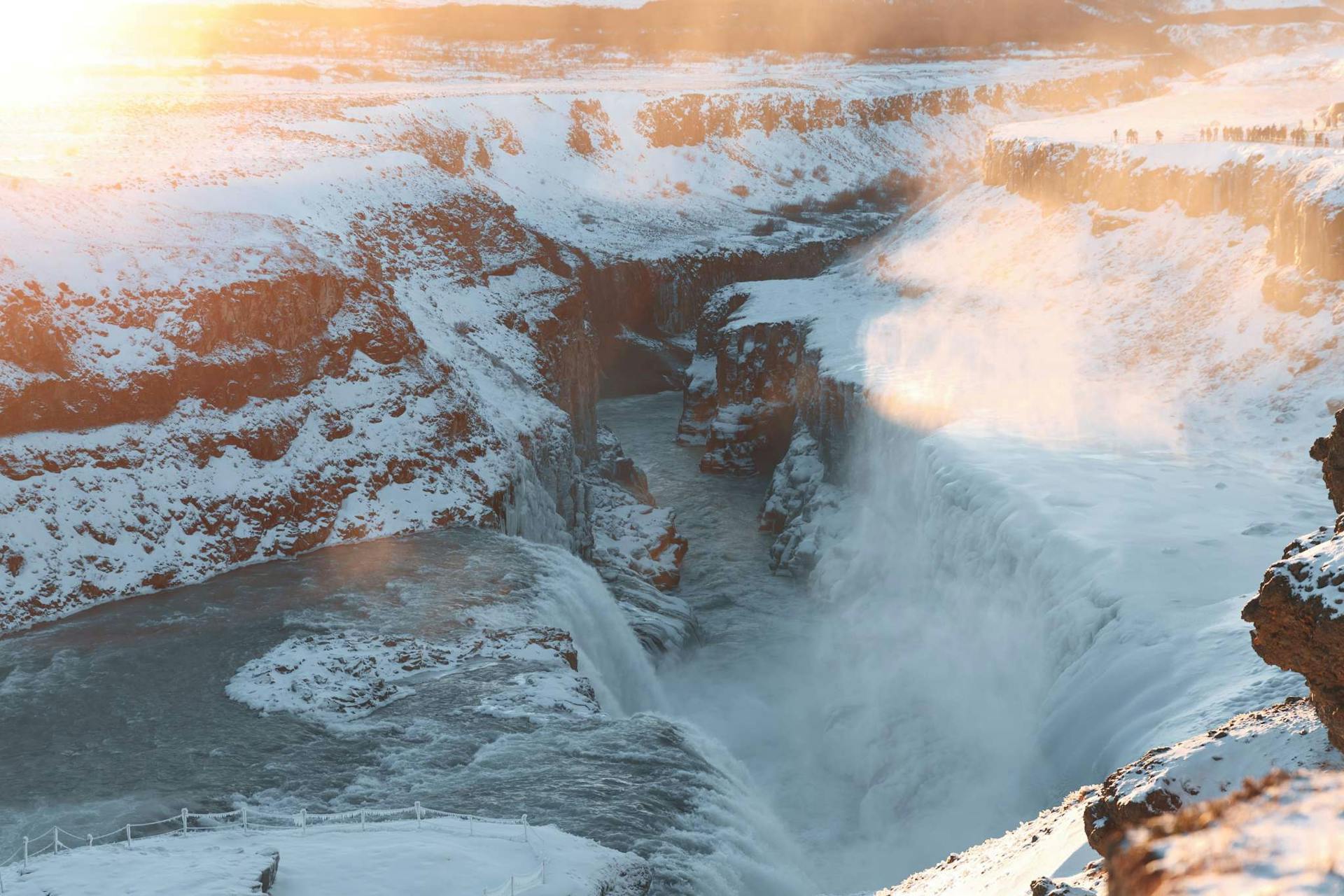
The South Coast
If you want dramatic views and easy drives, the south coast is a dream route. This stretch is packed with waterfalls, glaciers, and black sand beaches, all within easy reach of the main road.
The most popular stops include:
- Seljalandsfoss and Skógafoss
- The cliffs and coastline around Reynisfjara Beach
- The volcanic sands of Vík
- The moss-covered gorge at Fjaðrárgljúfur Canyon
If you follow the coast a little further, you’ll eventually reach glacial landscapes and ice-filled lagoons, including Diamond Beach, where icebergs wash up on the shore like scattered gemstones.

Snæfellsnes Peninsula
Often called “Iceland in Miniature”, the Snæfellsnes Peninsula packs glaciers, lava fields, fishing villages, crater lakes, and rugged sea cliffs into one stunning area. It’s a great add-on if you have a bit longer than a week.
Top reasons to visit:
- Wild coastal scenery with incredible views
- Fewer people than along the south coast
- Plenty of easy access viewpoints for short walks
- A mix of nature, remote places, and charming harbours
If you enjoy photography, this is one of the best regions to slow down and soak in the scenery.
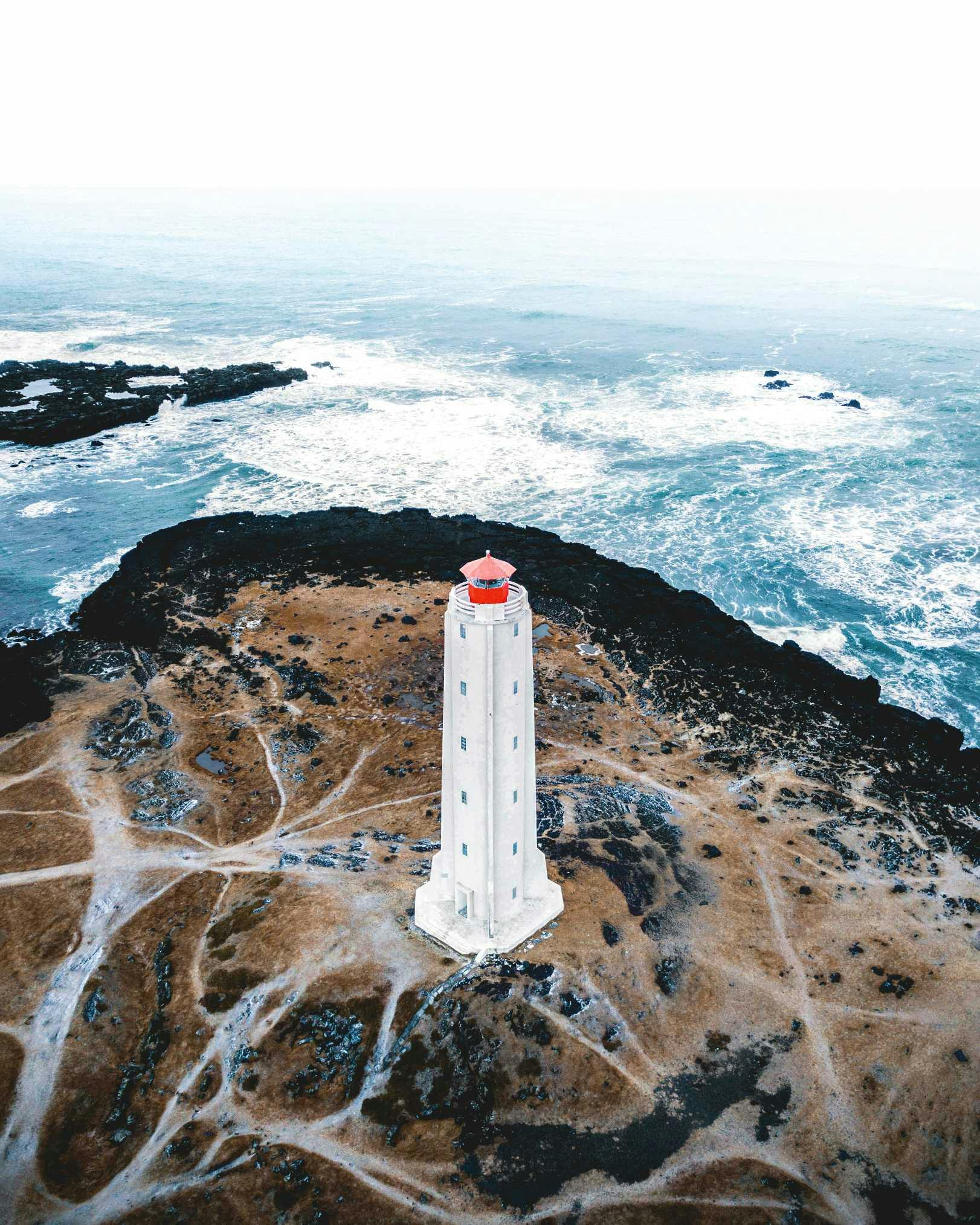
How Long Should You Spend?
A full loop of the ring road can be done in 7 days, but it feels more relaxed with 8–10. With a camper, you never lose time checking in or out of hotels, so you can cover more ground each day while still having time to enjoy the landscape.
You will also find it easier to change your plan when the weather shifts or you discover somewhere unexpected that you want to stay a few nights in.
Suggested Itinerary Options
7 Days (Fast Loop)
Best for travellers who want to see as much as possible, with a focus on major landmarks:
- Golden Circle
- South Coast waterfalls
- Diamond Beach and glacier lagoons
- East fjords drive
- North Iceland geothermal stops
8–10 Days (Recommended Pace)
Ideal for slow travel and deeper experiences:
- More time in national parks
- Full days for hot springs and hiking
- Space to enjoy sunrise or sunset at viewpoints
- Detours to quiet peninsulas and wildlife spots
This is where unlimited mileage really shines. You can wander off course without worrying about distance or extra cost.
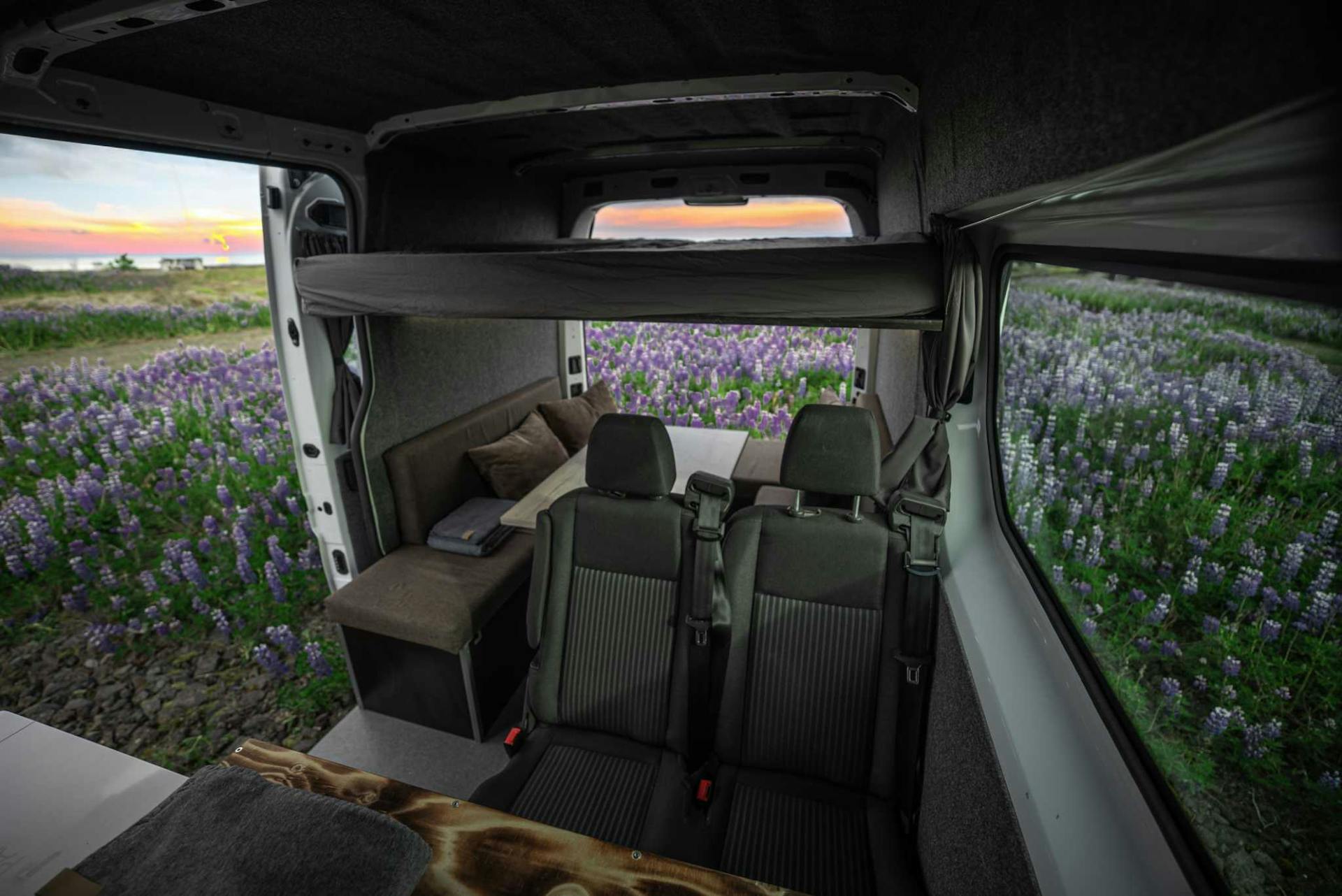
Favourite Stops Not to Miss
- A sunset walk at Diamond Beach
- The basalt caves near Reynisfjara Beach
- The gentle hiking trails in Skaftafell
- Cool-down dips in natural hot springs
- Lava viewpoints overlooking the coast
- Remote headlands perfect for aurora watching
These places are especially magical when you travel by camper because you can park nearby and stay for golden hour or late-night stargazing.
How Much Does It Cost to Travel Iceland by Campervan?
The total cost of your campervan trip depends on the season, the length of your stay, and how often you cook instead of eating out. A camper combines both your transport and accommodation, which makes it more affordable than booking hotels and a separate rental car.
Typical campervan costs:
Expense
What to Expect
Camper van rental
Varies by season. Cheaper outside peak season
Campsites
Usually 2,000–4,000 ISK per person per night
Fuel
Depends on route length, but easy to budget
Food
Much cheaper if you cook your own meals
Extras
Sleeping bags, gas canisters, or Wi Fi (optional)
Because our campers include unlimited mileage, you can loop the ring road without worrying about extra fees. This also means you’re free to add detours and peninsulas without rethinking your budget.
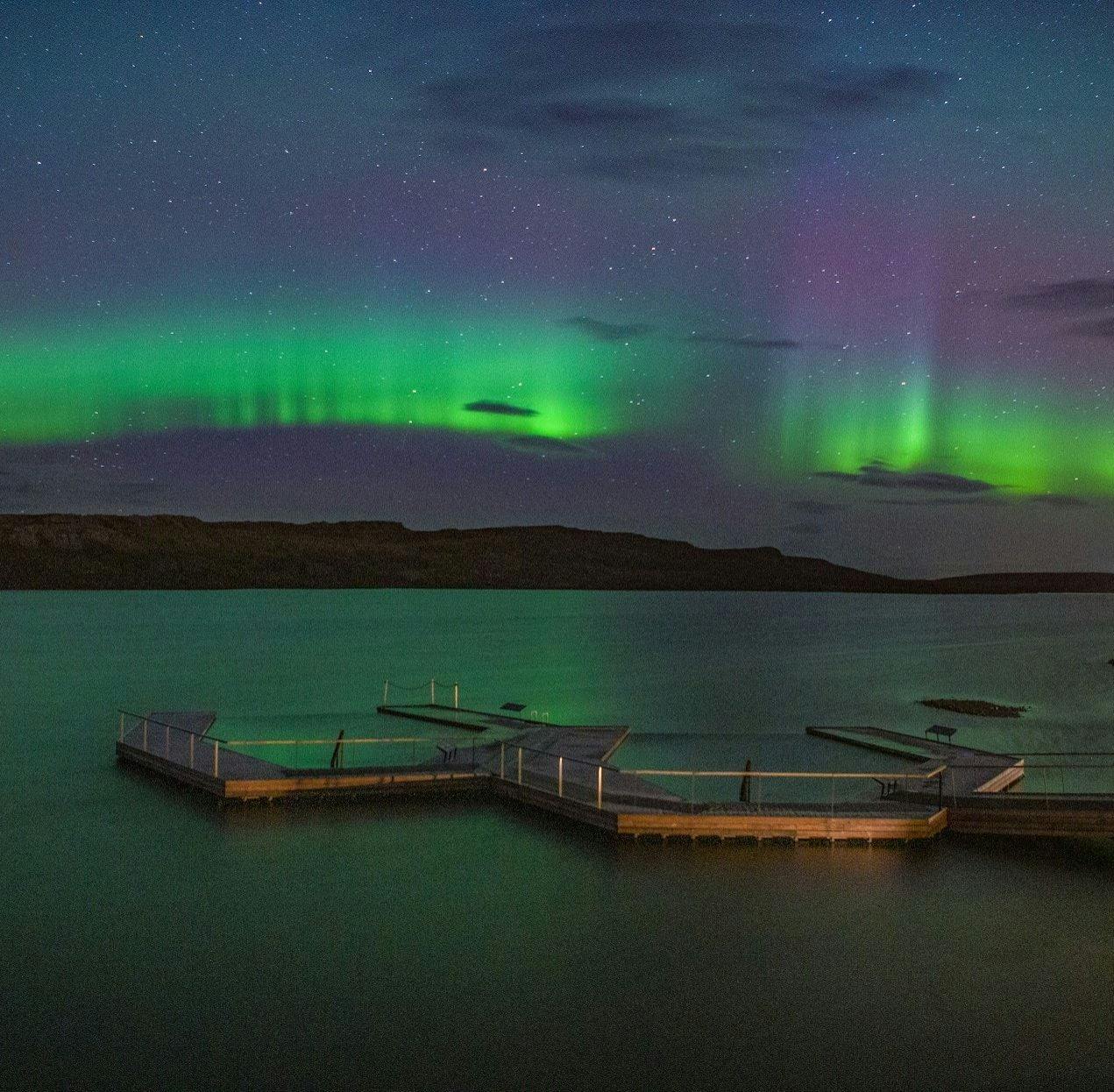
Campsite Costs and What You Get
Campsites are the most convenient way to stay overnight in Iceland. They are safe, scenic, and well positioned along major routes.
What you typically get for the price:
- Toilets and washbasins
- Hot showers (sometimes a small additional fee)
- Kitchen or cooking shelter
- Charging outlets
- Rubbish disposal
- Sometimes washing machines or drying rooms
Compared to hotels, campsites are far cheaper, and because you are not tied to reservations, you can adjust your plan as you go.
Fuel and Driving Costs
Fuel costs vary slightly by region, but you’ll find gas stations regularly along main roads, especially in the south and west. In the east and north, they can be further apart, so top up when you can.
Since you don’t need a four wheel drive, your fuel use stays reasonable. You also don’t need to worry about high clearance, since you will avoid F roads.
Most travellers find fuel is less than they expected because there is no need for long detours or city traffic.
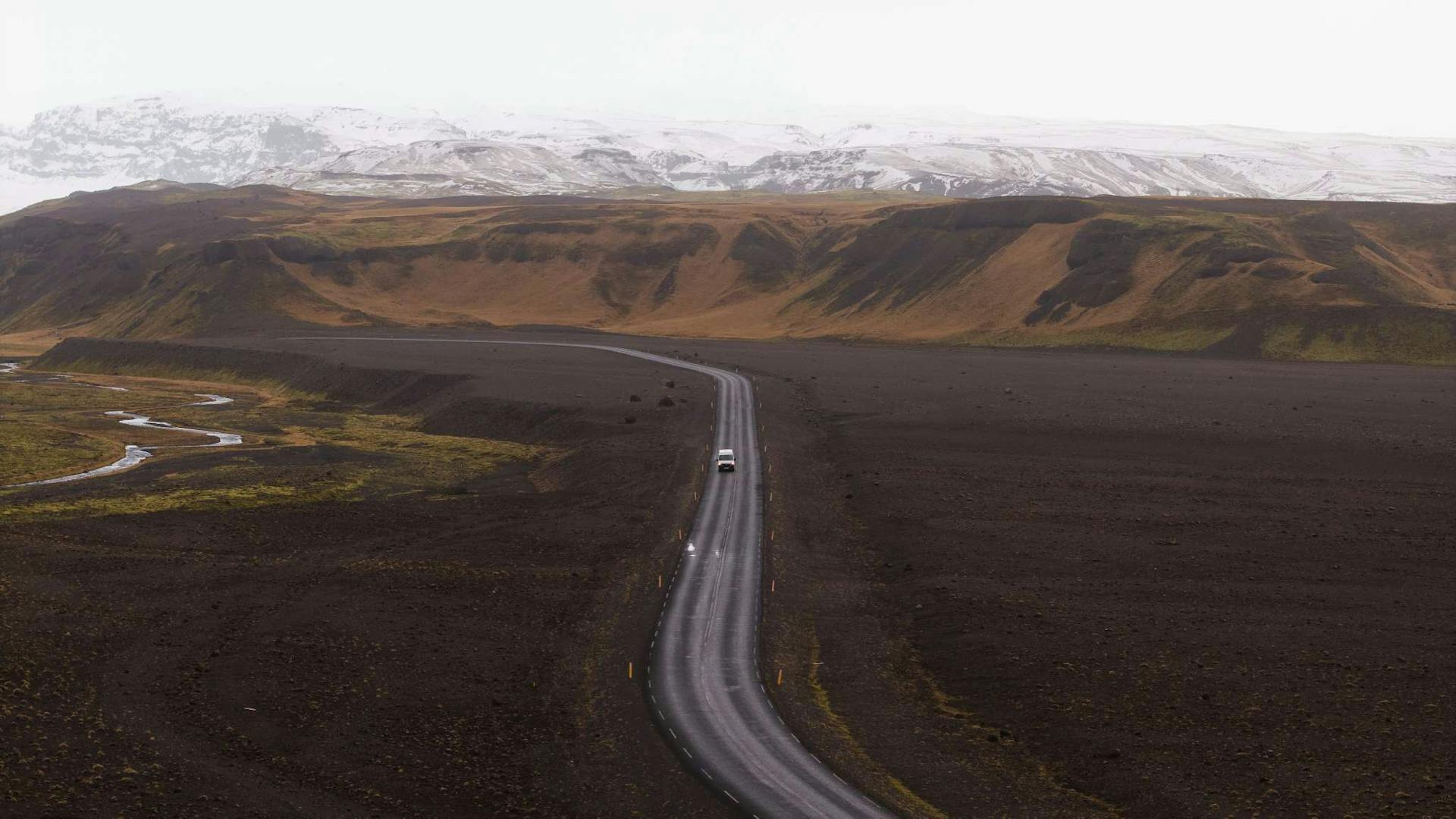
Food and Cooking Costs
Cooking in your camper is one of the easiest ways to save money. Supermarkets offer fresh groceries and essentials, and you can prepare simple meals with the included equipment or optional add-on cooking kits.
You’ll quickly get used to your kitchen routine, and making your own food becomes part of the campervan lifestyle.
Practical Daily Life Tips
Living in a camper is simple once you find your rhythm. Here are a few tips to make life easier:
Tip
Why It Helps
Pack layers
Weather changes quickly
Dry wet clothes near the heater
Essential after rain or wind
Use campsite kitchens
Saves gas and time
Keep toiletries handy
Showers vary by site
Stock water often
Remote places may not have taps
Download offline maps
Wi Fi can drop in the countryside
With a little preparation, van life becomes comfortable and enjoyable, especially on cooler evenings or after a cold night.

Night-Time Routine and Staying Cosy
Sleeping in a camper is one of the best parts of the journey. With the heater running, warm bedding, and a sheltered space away from the wind, you can rest comfortably even if the weather outside shifts during the night.
Tips for a warm and cosy sleep:
- Use the heater before getting into bed so the van warms up quickly
- Keep sleeping bags zipped up for extra insulation
- Air out condensation in the morning so the interior stays dry
- Change out of any wet clothes to stay warm through the night
- Park with the van facing away from the wind where possible
You will be surprised how peaceful the countryside feels at night, especially when the sky is clear. On the right night, the northern lights can appear above your campsite, turning the evening into an unforgettable memory.
Weather Awareness and Comfort
Because Iceland is a volcanic island in the North Atlantic, the weather can move through several seasons in a single afternoon. It’s part of what makes travelling here exciting, but it also rewards those who plan ahead.
What to expect:
- Sudden changes between sun, rain, and mist
- Coastal wind gusts when opening doors
- Occasional visibility dips on higher mountain roads
- A need for flexible timing instead of strict scheduling
If you stay relaxed and adjust your route when needed, you’ll handle every condition comfortably. This is why travelling by camper is so practical: you can always redirect towards better skies, a nearby hot spring, or a cosy campsite.

Itinerary Summary: Enjoying a Great Trip
A van gives you something a hotel can’t, freedom. You can extend a stay near a glacier, take a scenic detour, plan a bit longer visit to a landmark, or simply watch the coastline at sunrise before other campers arrive. Even if you only follow a portion of the ring road, you will experience Iceland in a more natural and personal way.
With unlimited mileage, you never need to calculate distance or worry about going off your original route. You can decide on a new plan over breakfast and drive there the same day.
Final Tips for First-Time Travellers
- Pack layers so you’re always comfortable outdoors
- Refuel often outside the capital area
- Use official car parks for attractions
- Respect the landscape and stay on marked paths
- Be patient with the weather and let the trip unfold naturally
- Avoid rushing, a slower rhythm makes a better memory
Ready to Begin Your Campervan Trip in Iceland?
If you’re feeling inspired and ready to start planning, we’re here to help you make it easy. We provide simple, reliable manual campers with everything you need for a comfortable journey, and optional extras like Wi Fi, cooking kits, and bedding so you can start travelling from the moment you leave Keflavík Airport.
- Unlimited mileage
- Manual transmission
- Heating system for cold nights
- Optional extras to customise your van
- Perfect for exploring the south coast, Snæfellsnes, and the ring road
You can check our available campers and start your booking here:
https://icelandcampers.is/
Take your time, plan your adventure, and enjoy the journey. A campervan gives you the flexibility to slow down, breathe, and truly connect with Iceland’s landscape.
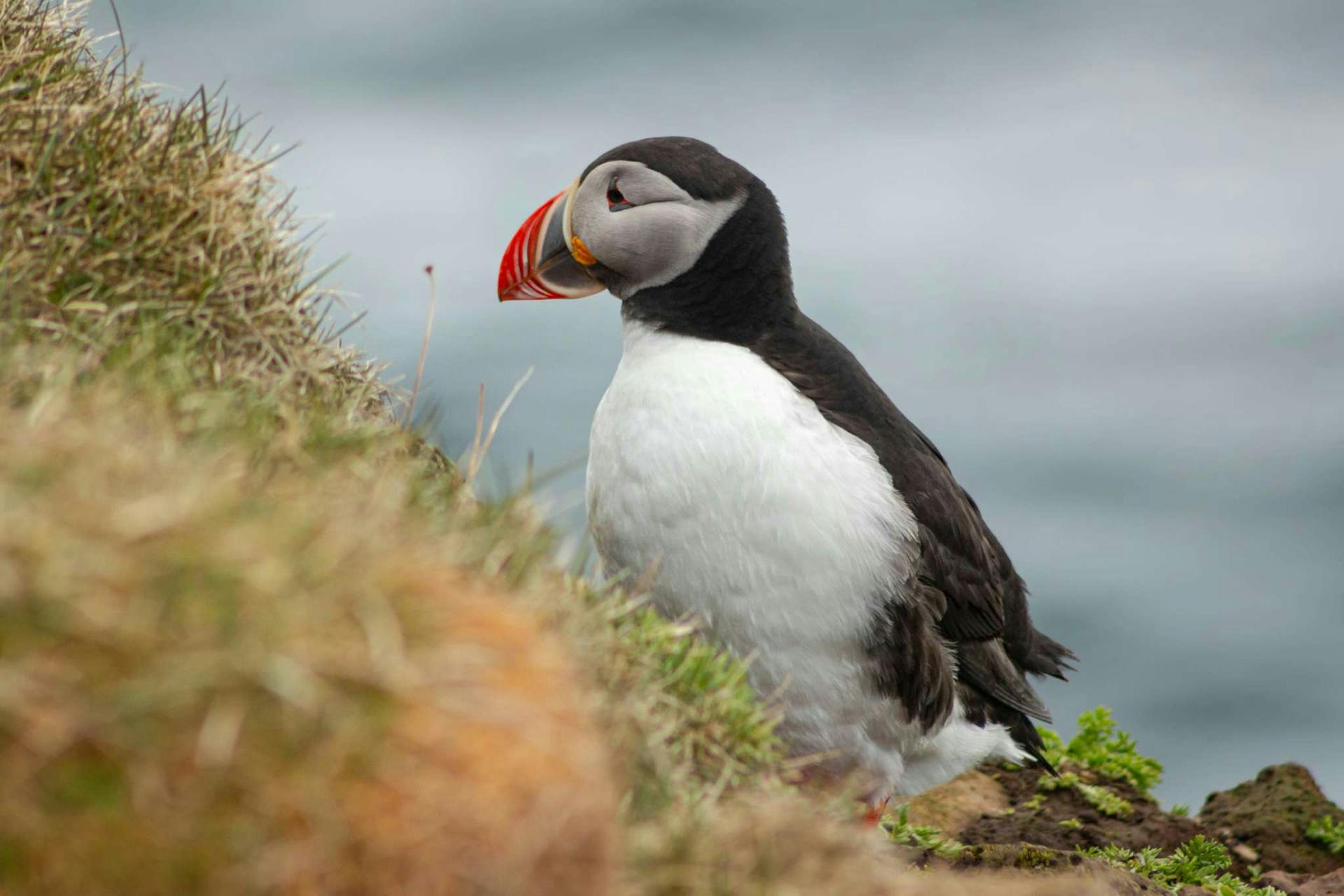
FAQs
Can you sleep anywhere in a campervan in Iceland?
No. Wild camping is restricted. You must stay at designated campsites, but there are many throughout the country, including near major attractions and national parks.
Is it easy to drive a campervan in Iceland?
Yes. Driving is simple on main roads, including the ring road. Just pay attention to the speed limit and weather alerts. Avoid F roads, which require 4x4 and are not suitable for our vehicles.
How much does it cost to rent a camper van in Iceland?
Prices depend on the time of year. Outside peak season, rental prices are lower, especially in spring and autumn. Since the camper replaces both a motorhome and a hotel, it offers strong value overall.
How expensive are campsites in Iceland?
Campsites typically cost a small fee per person per night. Some charge extra for hot showers, but the overall price is much cheaper than other accommodation options, especially for longer trips.